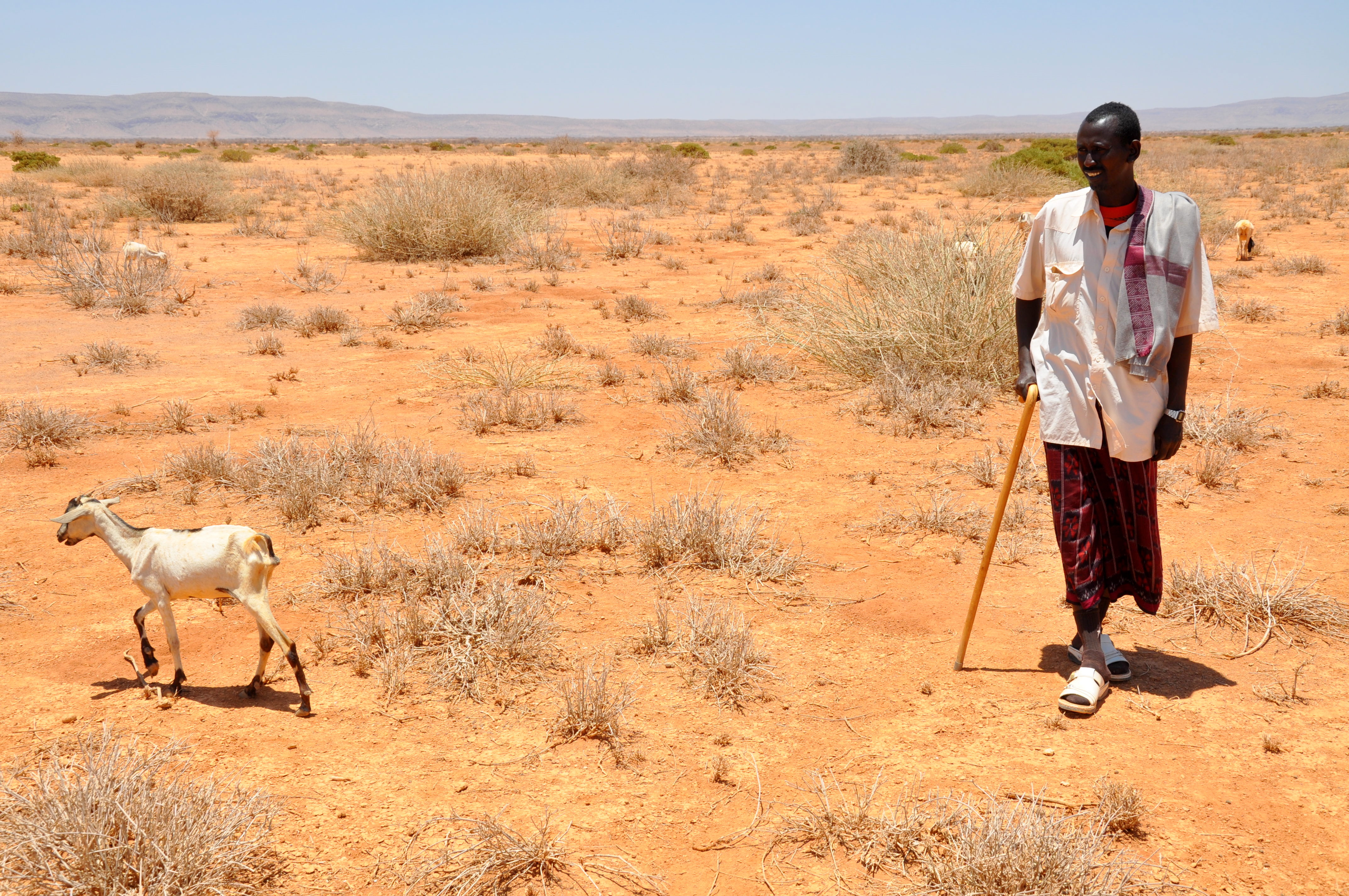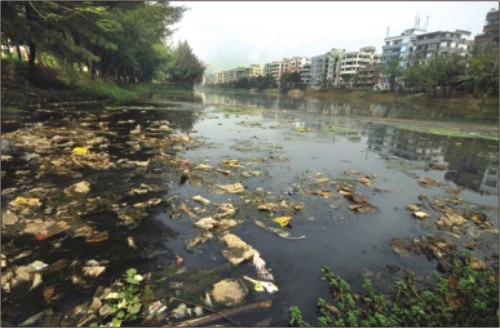- Am I pretty?
 - Can I be pretty?
- Can I be pretty?- Why am I so ugly?
- Why is SHE so pretty?
- Can I have her face and her body?
The society we live in today makes us believe that we need to reach a level of perfection, which can never be achieved. We walk by large billboards and ads on the streets and can't help but think about our own imperfection. Or it might be Barbie's "perfect" appearance that affected you on how you think about yourself. But, please be reminded that Barbie dolls are fake and getting a body like Barbie is probably one of the hardest things to do. I think the idea of "changing your face" is against what God made you. God made each of us perfect and in His image; He has never made a mistake.
Some people might think that plastic surgery is acceptable because it only deals with the outer appearance. Others might think that it is not okay because it is against God's will. However, this is my opinion. Plastic Surgery may change how you look, but it will never change how you think and act. It doesn't matter whether or not you're pretty or not, but if your inner self is filled with darkness and hatred, changing your physical appearance would not make a difference.
Korea is widely known for their plastic surgeries. Therefore, girls at a very young age start thinking about having plastic surgeries. According to statistics in Korea, one in every five women participated in some sort of plastic surgery. A possible reason why numerous Koreans are crazy for surgeries could be because of Korean celebrities. A lot of Korean celebrities have undergone some sort of cosmetic surgeries so that they would look pretty in front of their followers and fans. Since K-pop is popular among teenagers, it has informed to them about plastic surgery.
 Plastic surgery is popular not only for its beautifying effect, but also for medical purposes. Scars and wounds can be replaced through plastic surgeries. According to Stanford School of Medicine, plastic surgery can be a reconstructive surgery that could repair the hole left behind by a bone tumor after its removal. Another way plastic surgeries can be helpful is when people age and they start developing wrinkles and tissues sagging. A cosmetic surgery can lift your skin up so it would not affect your everyday life.
Plastic surgery is popular not only for its beautifying effect, but also for medical purposes. Scars and wounds can be replaced through plastic surgeries. According to Stanford School of Medicine, plastic surgery can be a reconstructive surgery that could repair the hole left behind by a bone tumor after its removal. Another way plastic surgeries can be helpful is when people age and they start developing wrinkles and tissues sagging. A cosmetic surgery can lift your skin up so it would not affect your everyday life.Sites Used:
http://www.theatlantic.com/health/archive/2013/05/the-k-pop-plastic-surgery-obsession/276215/v
http://en.wikipedia.org/wiki/Plastic_surgery
http://plasticsurgery.stanford.edu/
https://umm.edu/health/medical/reports/articles/skin-wrinkles-and-blemishes
http://www.dailymail.co.uk/femail/article-2134352/One-women-Seoul-gone-knife-South-Korea-tops-global-list-plastic-surgery-procedures.html










.jpg)







